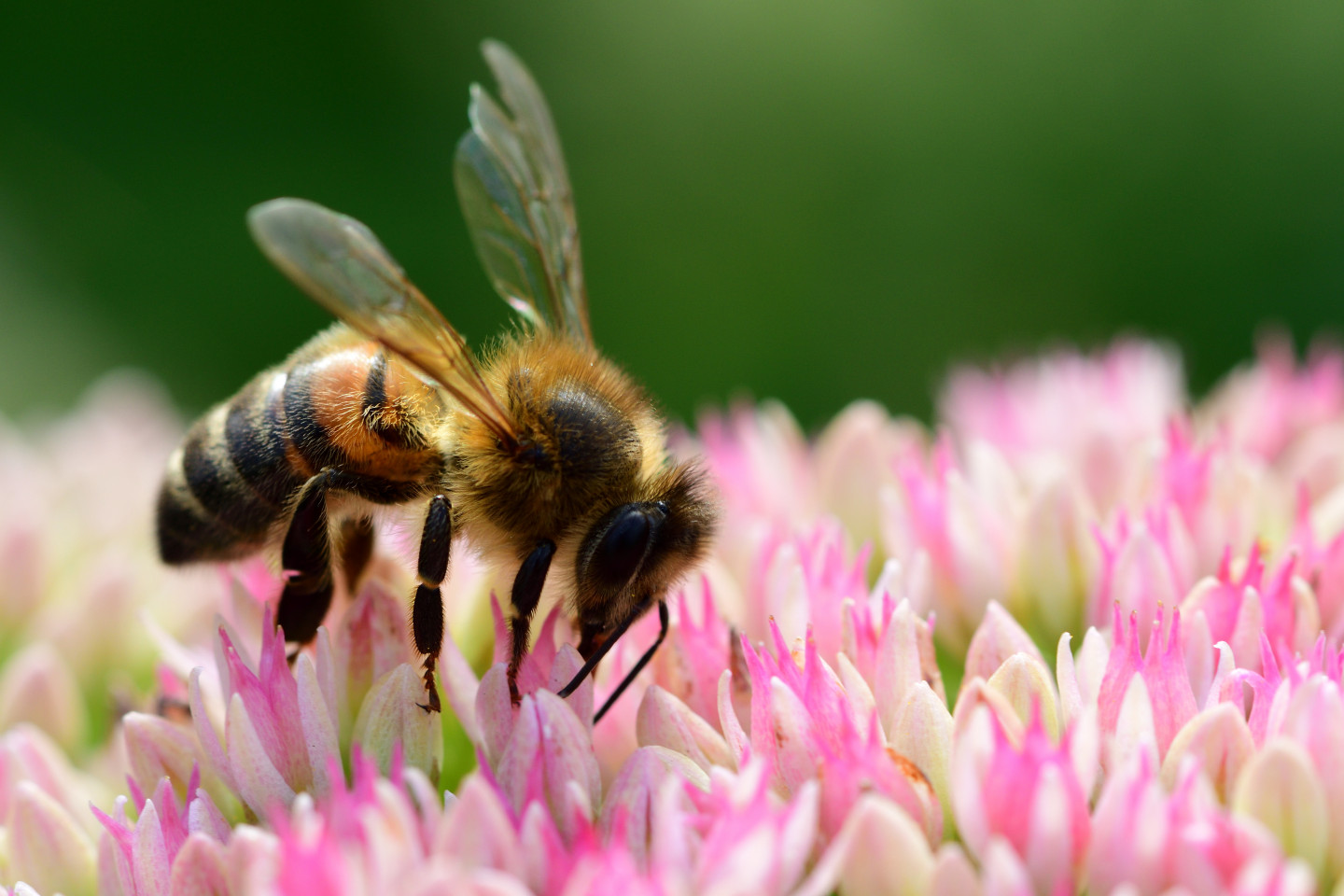In the concrete jungle of urban environments, nature sometimes cries out for attention. Fortunately, sedum plants offer a simple way to create a green oasis amidst the concrete, allowing biodiversity to thrive where it once seemed scarce. These small but powerful plants are not only aesthetically pleasing but also play a crucial role in promoting biodiversity in our cities.
What are sedum plants?
Sedum, a genus of succulent plants (also known as stonecrops), is known for its resilience and adaptability to various environments. In urban areas, sedum cassettes thrive particularly well on rooftops, where they offer a range of benefits. One of the most notable benefits is their ability to stimulate biodiversity.
The cassettes of sedum installed on rooftops serve as a welcoming environment for various insects and birds. These plants provide a home for bees, butterflies, beetles, and other pollinators crucial for plant reproduction and food crop production. Additionally, sedum cassettes also attract birds seeking food, shelter, and nesting.
What makes sedum cassettes so attractive to these animals?
Firstly, the dense, lush foliage of sedum provides a safe refuge for insects to hide and nest. Furthermore, sedum flowers attract many pollinating insects, making them an important food source in urban areas where natural habitats are scarce.
The importance of sedum and other green plants on rooftops is increasingly recognized in urban planning and development. More and more building owners and municipalities are embracing green roofs as a sustainable solution for greening urban environments and promoting biodiversity.
What are the benefits of sedum plants on rooftops?
In addition to stimulating biodiversity, sedum on the roof offers many other benefits.
1. Reducing the urban heat island effect: Sedum plants on rooftops absorb heat and reduce ambient temperatures, thus reducing the urban heat island effect.
2. Air purification: Sedum plants contribute to air purification by absorbing carbon dioxide and other pollutants, resulting in cleaner air in urban environments.
3. Rainwater management: Sedum plants act as natural sponges, absorbing rainwater, slowing down water drainage, and preventing floods.
4. Energy efficiency: Sedum plants serve as additional insulation on roofs, reducing heat loss in winter and limiting heat absorption in summer, leading to lower energy costs for heating and cooling.
5. Promoting biodiversity: Sedum plants provide habitat and food sources for various insects, such as bees, butterflies, and beetles, contributing to biodiversity promotion in urban environments.
6. Noise reduction: Sedum plants act as natural sound barriers, reducing external noise pollution, creating a quieter indoor environment.
7. Aesthetic value: Sedum plants add natural beauty and visual appeal to rooftops, creating a more attractive living and working environment.
8. Extending the lifespan of the roof: Sedum plants protect the roof membrane from the harmful effects of UV radiation, temperature fluctuations, and mechanical wear, extending the lifespan of the roof.
Measuring Biodiversity with the DNA InsectScan
In addition to the many benefits that sedum plants offer on rooftops, measuring their impact on biodiversity remains a challenge. Fortunately, the emergence of technologies such as the DNA InsectScan by Mobilane in collaboration with SGS Search offers a promising opportunity to measure biodiversity. By analyzing insect DNA in and around sedum plantings, we can gain deeper insights into the diversity and populations of different species. This innovative approach can help quantify the impact of Sedum on increasing biodiversity in urban environments, enabling city planners and policymakers to make better-informed decisions to promote a healthier and more ecologically balanced living environment.
